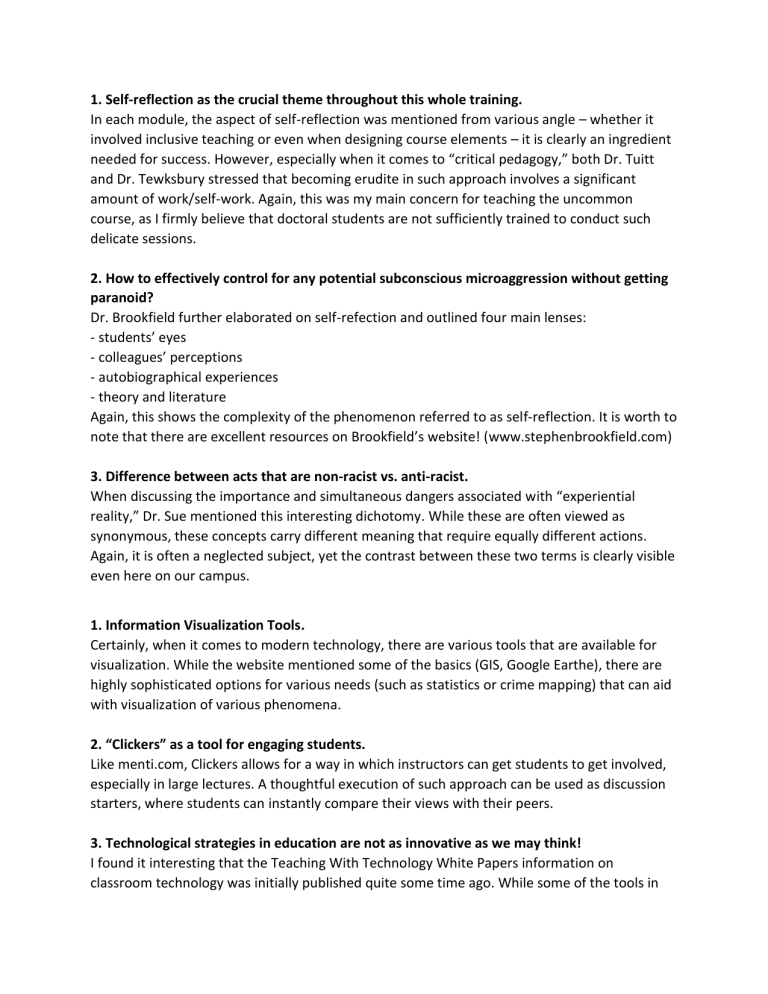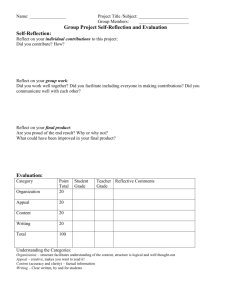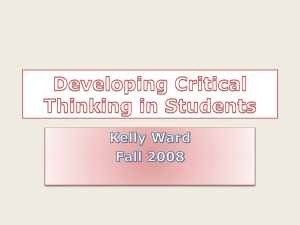
1. Self-reflection as the crucial theme throughout this whole training. In each module, the aspect of self-reflection was mentioned from various angle – whether it involved inclusive teaching or even when designing course elements – it is clearly an ingredient needed for success. However, especially when it comes to “critical pedagogy,” both Dr. Tuitt and Dr. Tewksbury stressed that becoming erudite in such approach involves a significant amount of work/self-work. Again, this was my main concern for teaching the uncommon course, as I firmly believe that doctoral students are not sufficiently trained to conduct such delicate sessions. 2. How to effectively control for any potential subconscious microaggression without getting paranoid? Dr. Brookfield further elaborated on self-refection and outlined four main lenses: - students’ eyes - colleagues’ perceptions - autobiographical experiences - theory and literature Again, this shows the complexity of the phenomenon referred to as self-reflection. It is worth to note that there are excellent resources on Brookfield’s website! (www.stephenbrookfield.com) 3. Difference between acts that are non-racist vs. anti-racist. When discussing the importance and simultaneous dangers associated with “experiential reality,” Dr. Sue mentioned this interesting dichotomy. While these are often viewed as synonymous, these concepts carry different meaning that require equally different actions. Again, it is often a neglected subject, yet the contrast between these two terms is clearly visible even here on our campus. 1. Information Visualization Tools. Certainly, when it comes to modern technology, there are various tools that are available for visualization. While the website mentioned some of the basics (GIS, Google Earthe), there are highly sophisticated options for various needs (such as statistics or crime mapping) that can aid with visualization of various phenomena. 2. “Clickers” as a tool for engaging students. Like menti.com, Clickers allows for a way in which instructors can get students to get involved, especially in large lectures. A thoughtful execution of such approach can be used as discussion starters, where students can instantly compare their views with their peers. 3. Technological strategies in education are not as innovative as we may think! I found it interesting that the Teaching With Technology White Papers information on classroom technology was initially published quite some time ago. While some of the tools in the pdfs are a bit archaic, the content that was published in 2007 and 2009 is surprisingly still useful! While we connect the use of technology with COVID-19 pandemic, it was clearly wellestablished much before 2019. 1. Promoting Academic Integrity It is certainly an issue with online/hybrid learning environments. Unfortunately, it happens perhaps too often nowadays. The recommendations on the website might be a bit too naïve, as “explicit reminders” or “communicating expectations” might fall short without specific tools that aim to deter/detect dishonesty (For instance, using Turnitin). 2. Assessing Group Work in Hybrid/Remote Environments. Even in an in-person environment, it might be tricky to compose efficient student teams for group work. Inevitably, this might be even more difficult with online learning. I found the sample group project tools very useful! Even something as simple as the “Sample Team Contract” is an efficient tool to keep everyone accountable and to promote clear expectations for all group members. 3. The importance of frequent multiple-choice/short knowledge checks. Dr. Barnes-Ceeney was one of the few professors who did that religiously and I found it very effective! It was not really graded, yet allowed him to see if the students understood the material presented, while simultaneously revealing the areas for improvement. As the authors say, this can be even easier to conduct on Canvas, but it is also possible to accomplish using simple flash cards.


